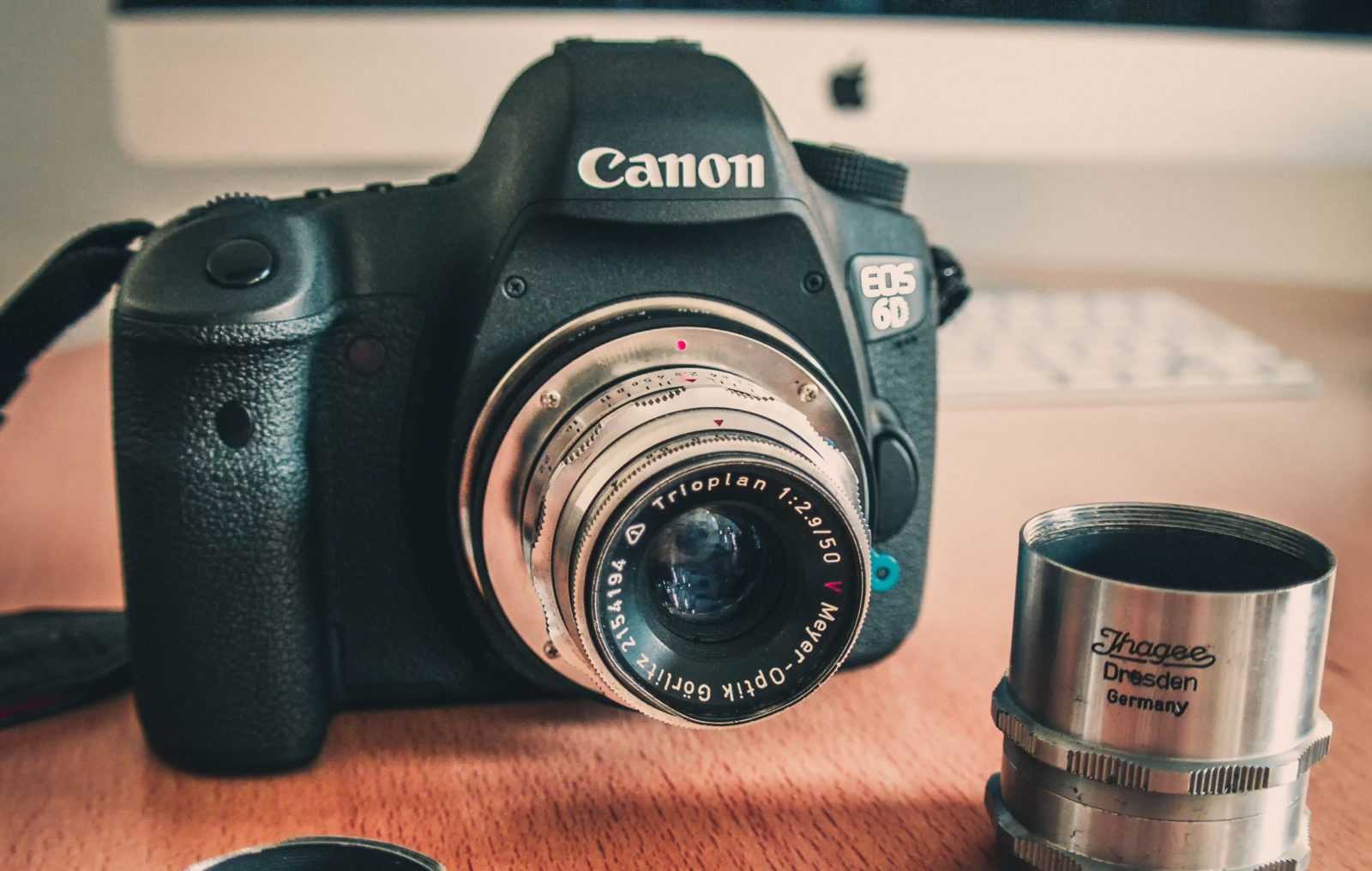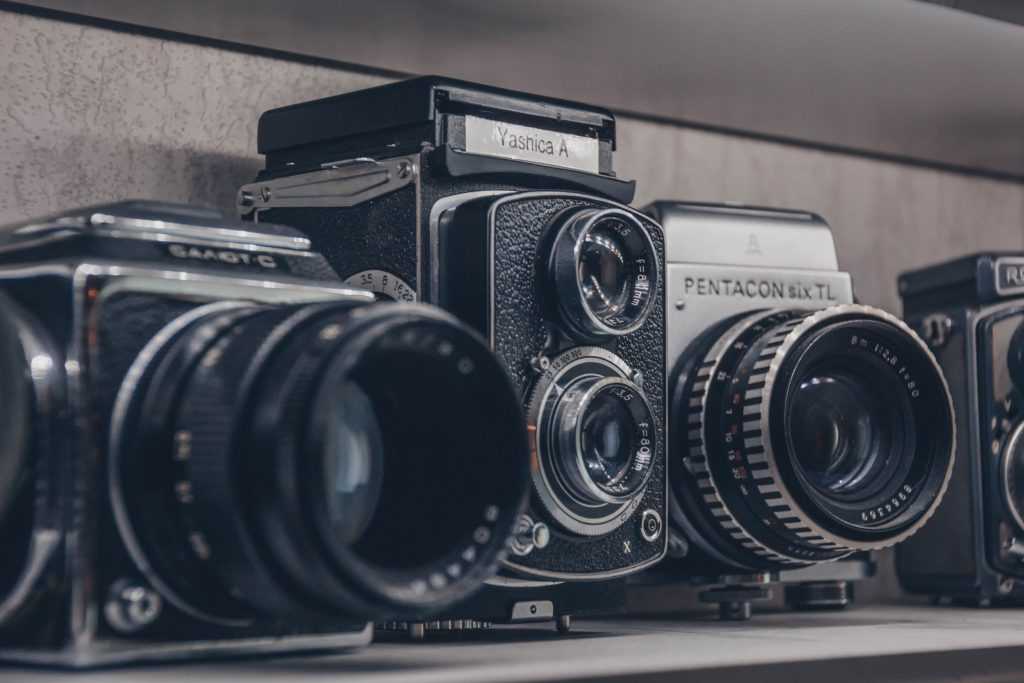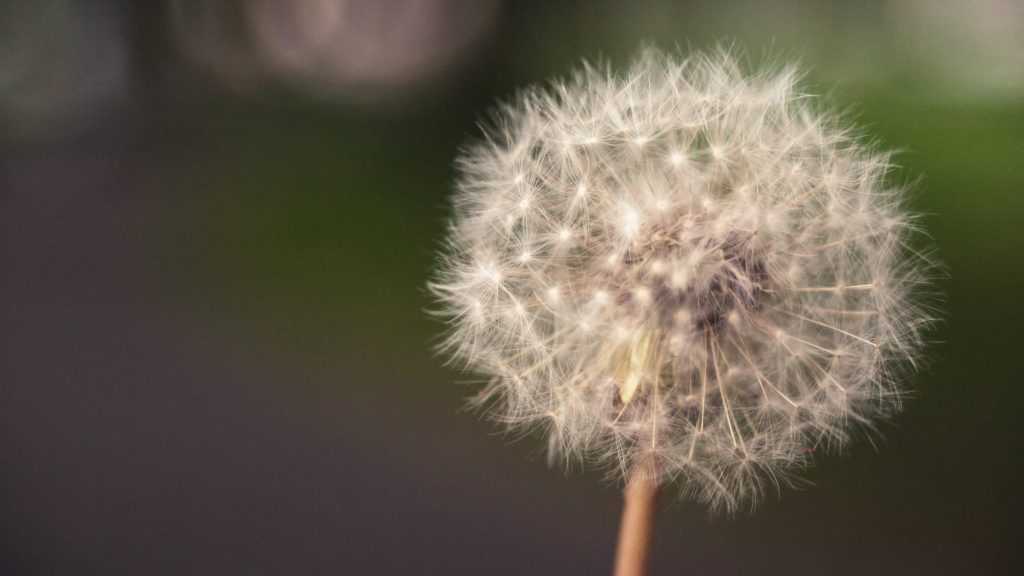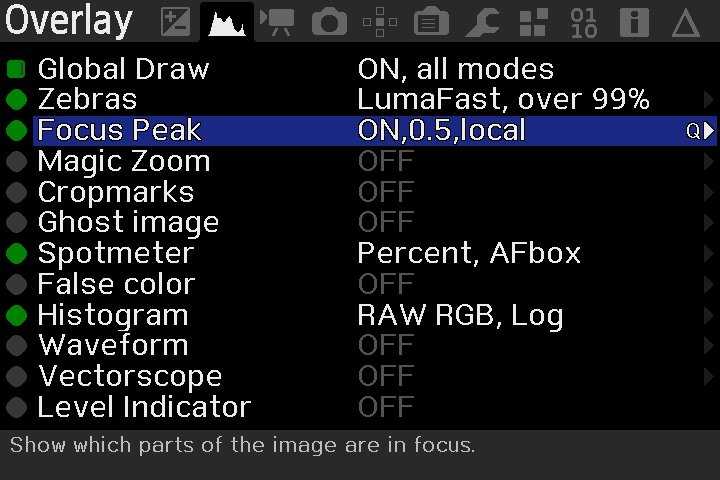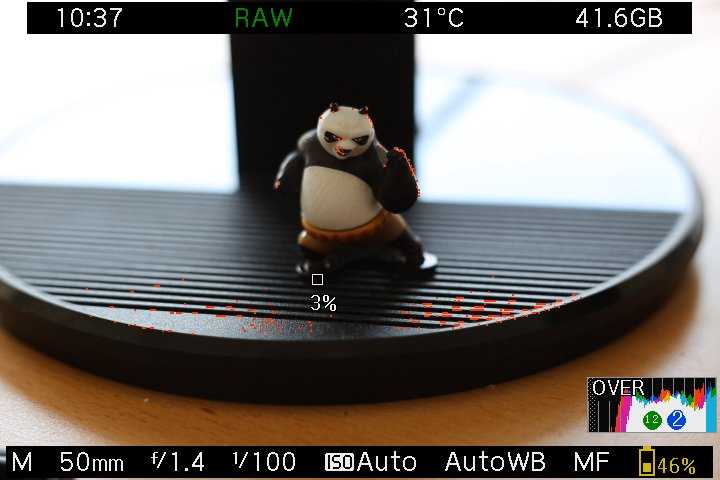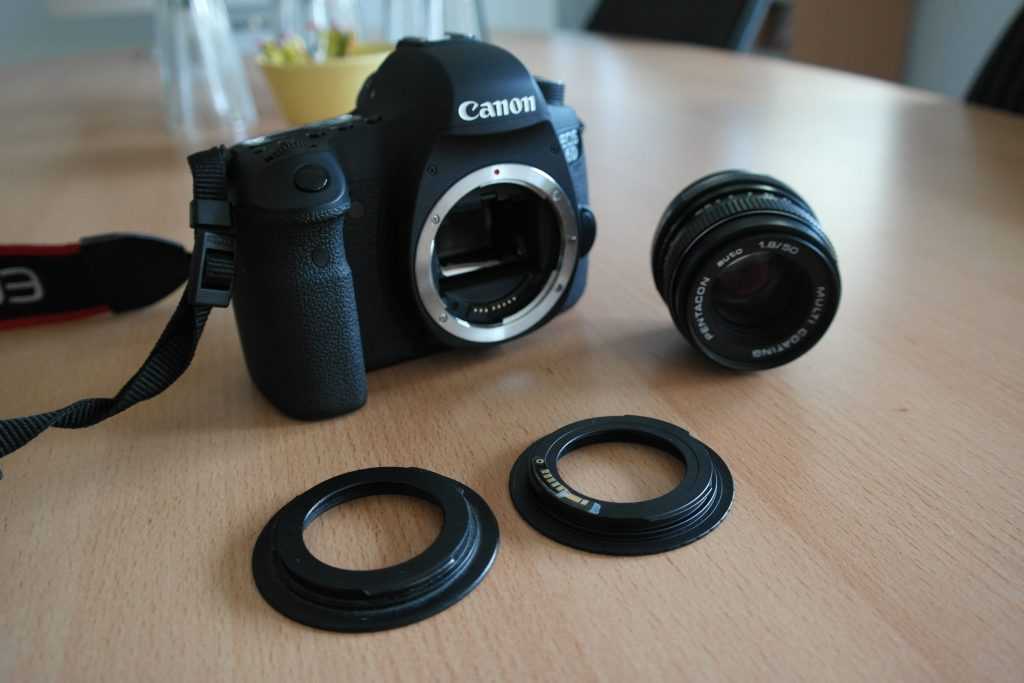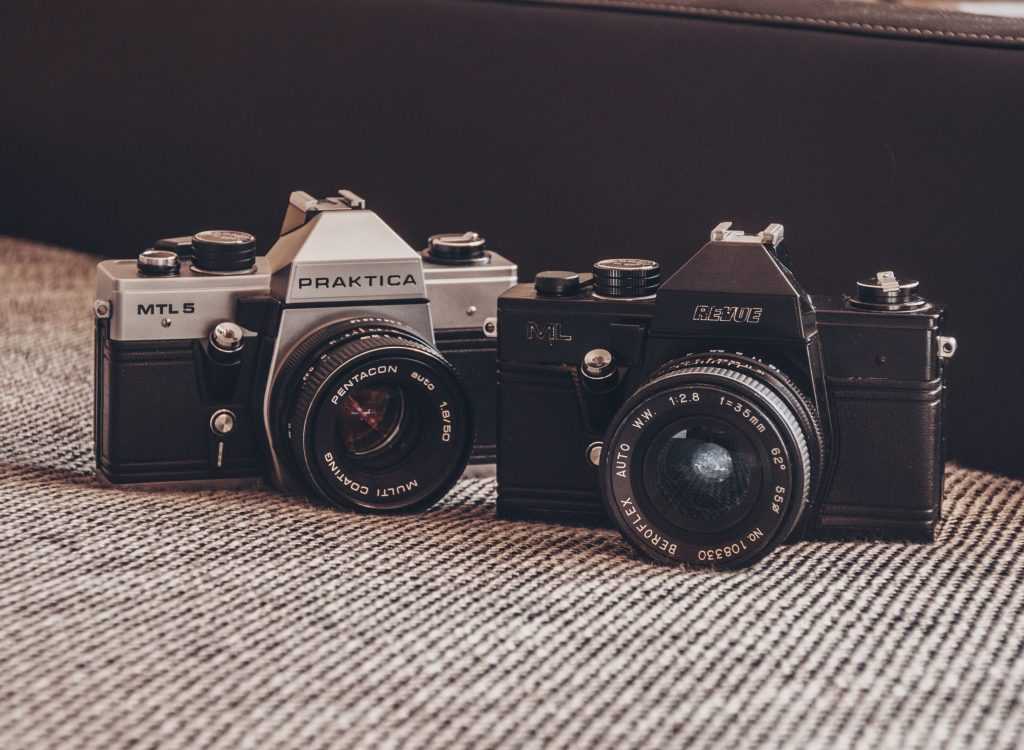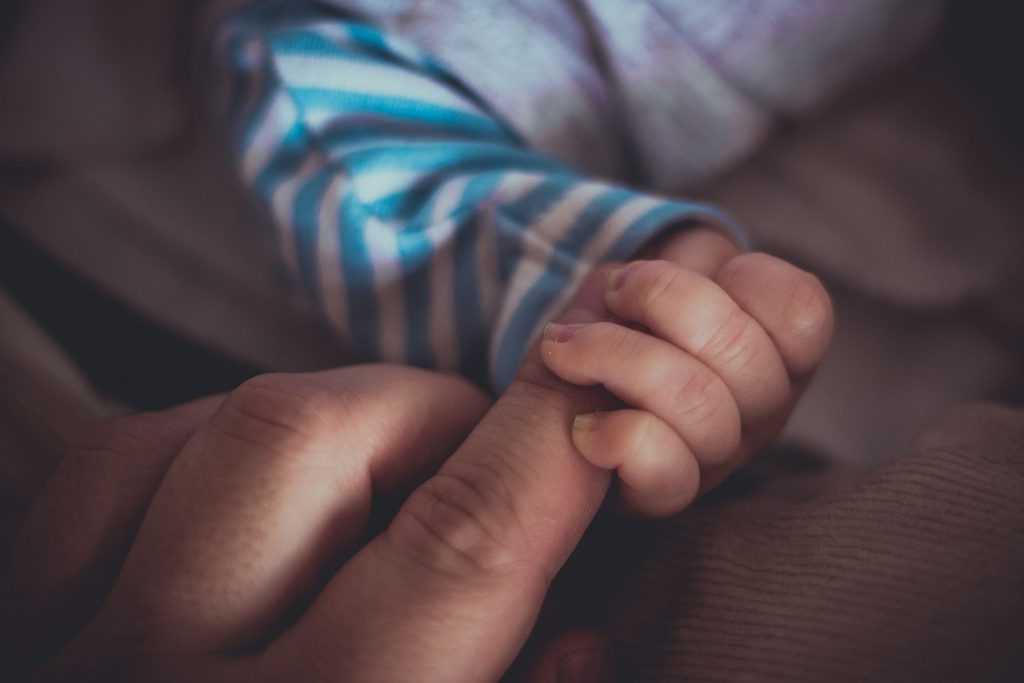Hello to all my readers! My last blog post has been quite a while now. Unfortunately, my time was very limited (work and private) so that a new post didn’t fit. Now I have time to publish this article.
I have been working with old lenses for quite some time now, since I switched to a full-frame camera. New optics for this type of camera, whether for Canon or Nikon, are incredibly expensive and often don’t fit my requirements for photography. They offer a high image quality, but are often very interchangeable and do not offer much appeal. Through my grandfather, I also know the advantages of historical lenses, which often produce an interesting picture due to their imperfection. I was very interested in what kind of photos that were taken in this way look like.
In a large photography blog, I read an article about the Meyer Trioplan 2.9/50 and 2.8/100 which was reissued by the manufacturer for modern cameras, with unbelievable 1299€ and 1499€ respectively. I saw the prize and was looking for a decent alternative on eBay and came across the 60-year-old original for just under 100€, including Macro-Tubes. Of course, this model does not have a modern Canon EF bayonet, but an antiquated Exakta bayonet. Luckily there are adapters available, I thought to myself and bought the matching Exakta to EF (full format) adapter for about 50€. This has an additional lens and is slightly higher so that the lens does not touch the mirror.
This was the first time I had to reuse old optics. Such a construction is of course not for amateur photographers who only take pictures in the automatic mode, because there is no such one here! Aperture, exposure time and focus must be set completely manually. Especially when using the Exakta adapter, a good eye is required, because the red focus points cannot be used when searching.
Manual Sharpness Focusing with Magic Lantern
For Canon users there is a good solution. The manufacturer “Canon” does not like this method, but photographers and videographers like to use it: Magic Lantern. Magic Lantern is an alternative firmware that is loaded from the memory card. This will therefore not overwrite the originals and disappears after you have removed the memory card.
With Magic Lantern, the focus area on the display can be easily recognized by color markings. This makes manual focusing easier, but it also takes a little longer.
More information about Magic Lantern: https://de.wikipedia.org/wiki/Magic_Lantern_(Firmware) and here http://www.magiclantern.fm/. The use of such alternative firmware is at your own risk!
M42 screw thread to Canon EF
An alternative to Exakta and Co. is also the M42 screw thread, which is used for a variety of lenses – especially from Carl Zeiss Jena / Pentacon. Here the adapters are much cheaper and also offer a so-called Dandelion chip. The red dots make it easier to see the focus area through the viewfinder and allow exposure metering in the camera.
Adapter rings are also available without this chip, in terms of price it doesn’t make a big difference and actually doesn’t make much sense. Especially those, I call it “semi-automatic” because of the Dandelio extension, make it easier to take pictures with old optics.
Where to get old optics from?
This is sometimes a very hot topic: Many really good optics are also traded on Ebay for a lot of money. Most of the time, however, they are still much cheaper than their modern brothers. Through my family, who all had something to do with photography, some optics have come together, e. g. in the basement bored. Flea markets are also a good tip. Many private individuals sell their old sweethearts for little money, but mostly with the corresponding camera. This is still profitable – because the camera body can be resold if you don’t like it. There is a small market for this too.
To estimate the value, I actually use Google, see what other users write about the lens, often even with sample images and the price on ebay. There are also big books and databases in which the value is exactly specified, but from my point of view they are not a reliable advisor, because prices can often fluctuate very much and many optics are also current “fashionable” such as the extremely primitive, ugly “Holga Lens”. From my point of view, total hipster junk.
What optics did I get:
I have actually created a wish list in advance, which I am interested in lenses. Here is a small compilation with existing optics and wishes:
- Meyer Trioplan 2.9/50 (Exakta bayonets)
- Meyer Domiplan 2.8/50mm (Exakta bayonets, primitive optics)
- Pentacon auto 1.8/50mm (M42 screw thread)
- Beroflex 35mm f/2.8 (M42, was no wish, a gift, medium optics)
Wishes
- Meyer Trioplan 2.8/100 (M42 screw thread)
- Carl Zeiss Jena Tessar or Flektogon (M42 screw thread)
- and more.
willingness to experiment
In general there are all kinds of adapters, even for very exotic plugs. However, you should choose a maximum of 1-2 systems, unless you have really rare optics and want to use them further.
Newcomers should definitely have a lot of patience and willingness to experiment. Surely the first photos will not become anything at all, it will take some time to get used to the new photos and to achieve meaningful results.

